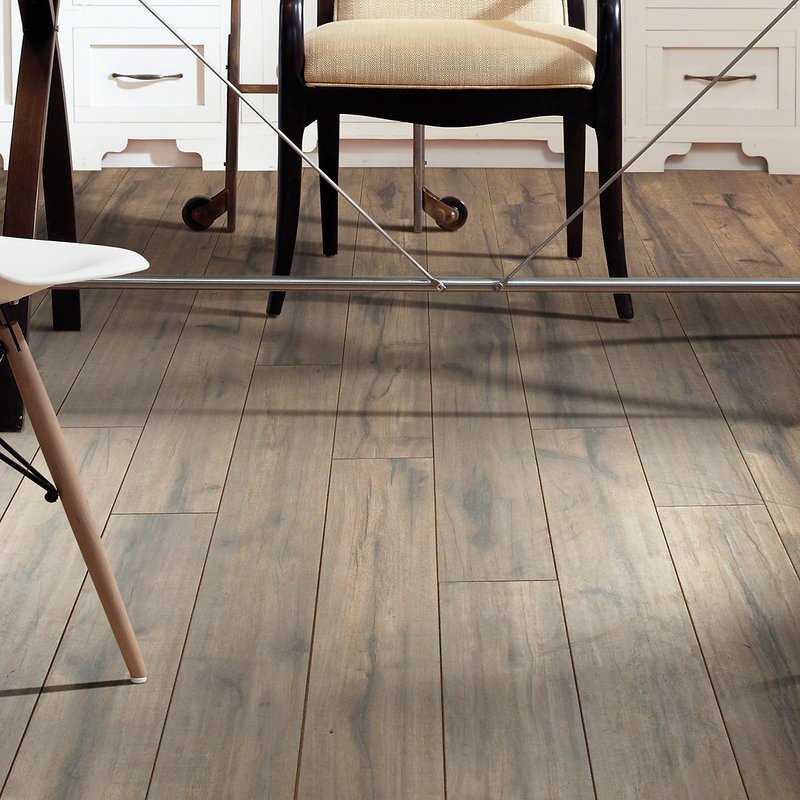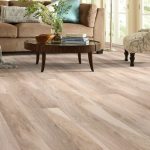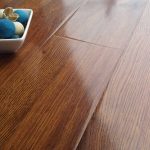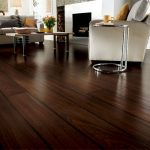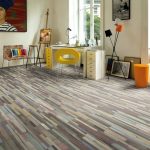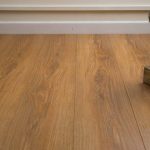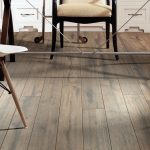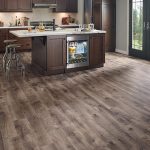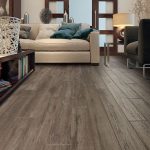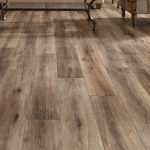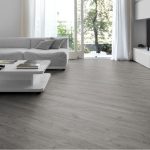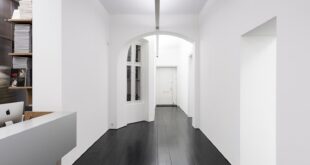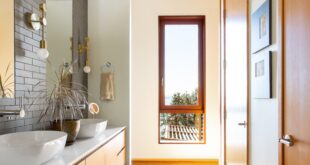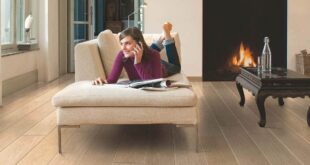Introduction
Commonly referred to as floating wood tiles, laminate flooring is a multi-layer material that simulated wood when fixed on any floor. While the top layer features a protected photographic appliqué (vinyl), the inner layer is in most cases made of a combination of fiber board and melamine resin. Laminate flooring has of late become very common, something attributed to the ease with which it can be installed, ease of maintenance and its general appeal. The material is also very durable.
Benefits of Laminate Flooring
Laminate flooring is often referred to as click laminate flooring. This is because they are available as planks with grooves and tongues, which only requires you to click one plank on another. Choosing to have laminate floor has several benefits.
- It is not only durable but also very versatile.
- It is available in different styles, textures and patterns.
- It is easy to clean when compared to cleaning other flooring materials.
Contrary common misconception, laminate floor is very safe. This is so because although it is made of melamine resin, which is a formaldehyde compound, the resin is tightly bound, which eliminates risk of emissions that can pose health risks.
Installation
Installing laminate floor is very easy. You can indeed do it on your own as a DIY project when you need to have a sense of wooden floor in your rooms.
The material is not meat to “sit” on the floor but rather “float”, something made possible by the fact that there is an underlying film/foam that rests between the actual floor and the laminate. It is also a requirement that you leave a gap of about 1 mm between the laminate and walls to allow for laminate expansion. Proper clicking of one plank to another until the whole floor is covered produces tight groove and tongue connections that lead to tight but flexible floor.
Care
Click laminate flooring requires a high degree of care. You need to prevent such impurities as dust, sand and dirt from reaching the surface. This is to reduce or prevent the risk of having scratches on the floor surface. It is also important that you do not allow water to sit on the surface for a long time. The flooring also requires adequate protection from possible scratches resulting from movement of furniture. You need to install pads on furniture stands to prevent scratching.
 decorafit.com Design ideas for your home and patio
decorafit.com Design ideas for your home and patio
